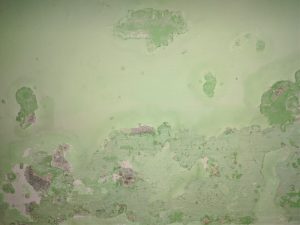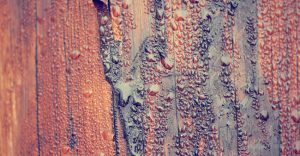What Does The Start Of Damp Look Like?
Damp is a common concern for many homeowners, particularly in climates prone to high humidity and rainfall. Unfortunately, the UK comes under both of those categories, meaning most of our homes become victim to damp at some stage. Identifying the start of damp is crucial for preventing its spread and avoiding the costly damage it can cause to your home. But what exactly does the beginning of a damp problem look like? Understanding these initial indicators can help you take timely action.
The Early Signs Of Damp
Damp usually starts subtly, making it all the more insidious. One of the first signs you might notice is a slight musty smell in some areas of your home. This odour is often the first clue, even before any visual signs appear. This indicates the presence of excess moisture.
Visually, the start of damp can manifest as patches of discoloration on walls, floors, or ceilings. These patches may appear damp to the touch and might be slightly darker than the surrounding area. In some cases, the paint or wallpaper over these spots may start to peel or bubble. This is a result of the moisture breaking down the adhesive properties of the wallpaper glue or paint.
Another tell-tale sign is the appearance of condensation on windows or metal surfaces, which suggests high levels of moisture within the home. While condensation is not always a direct indicator of damp, persistent condensation that doesn’t dissipate can create the right conditions for damp to develop.

The Texture Of Damp
Damp areas often have a distinct feel to them. Touching a wall or floor where damp is beginning to form can reveal a cooler temperature compared to dry areas. The surface might also feel slightly tacky or clammy due to the moisture present.
Mould, Mildew & Fungus
The presence of mould or mildew is a clear sign that damp has begun to take hold. It often grows quickly, so can be an early indicator of damp. Mould can appear in a variety of colours, including black, green, or white, and tends to form in patches. It thrives in moist environments, so its appearance is a strong indicator that the conditions in your home are conducive to damp.
As well as mould and mildew, fungus can also grow in damp homes. You’d be surprised at how quickly some fungus can develop, with large mushrooms sometimes appearing overnight. The presence of mushrooms or fungus in your home is a sure sign of the start of damp.
Structural Changes
In some instances, the start of damp can lead to noticeable changes in the structure of your home. You might observe slight warping or swelling in wooden fixtures, such as skirting boards or door frames, as they absorb moisture. Crumbling plaster or a powdery residue on walls can also indicate the presence of damp, suggesting that moisture is affecting the integrity of the building materials.

Taking Action Against The Start Of Damp
Recognising these early signs of damp is the first step towards addressing the problem. If you notice any of these indicators, it’s important to investigate further to determine the source of the moisture. Addressing the root cause is essential for effectively combating damp. In some cases, simple measures such as improving ventilation or fixing a leaking pipe can resolve the issue. However, if the damp persists or covers a large area, seeking professional advice is advisable to ensure a comprehensive solution.
Early detection and intervention can save you from the hassle and expense of dealing with extensive damp damage. By keeping an eye out for the start of damp described above, you can take proactive steps to maintain a healthy, dry, and comfortable home.


